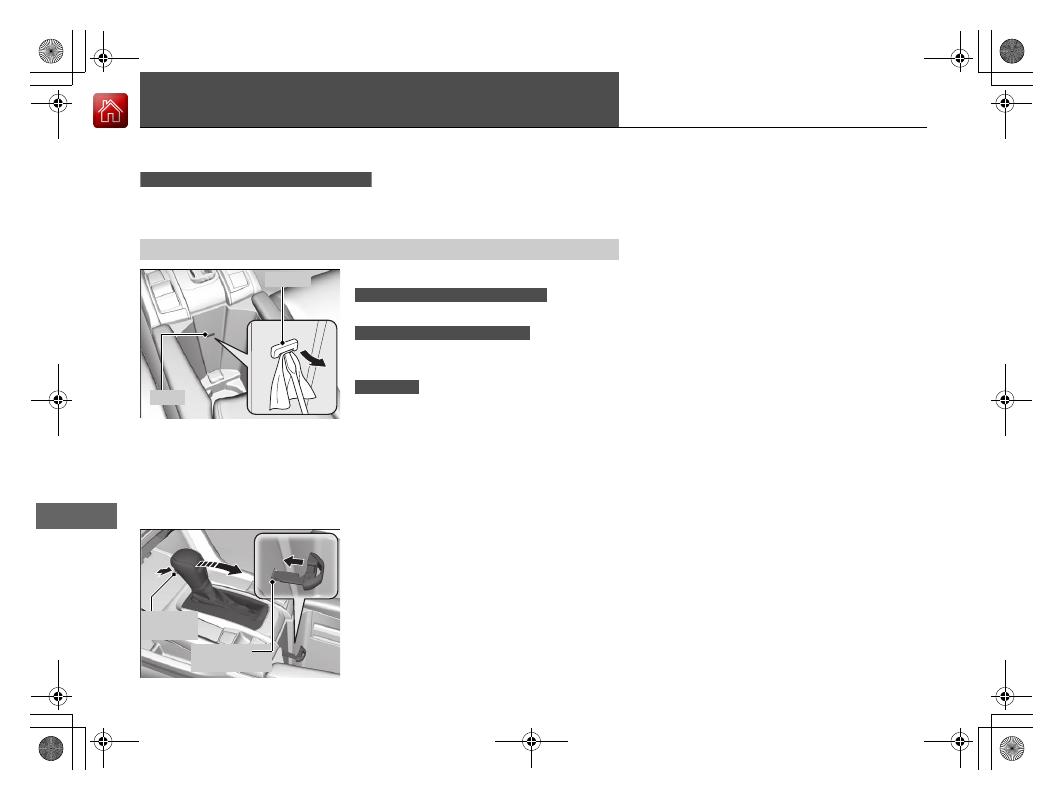Honda Civic Hatchback (2018 year). Instruction - part 42

658
Han
d
lin
g the U
n
expected
Shift Lever Does Not Move
Follow the procedure below if you cannot move the shift lever out of the
(
P
position.
1. Set the parking brake.
2. Remove the key from the ignition switch.
2. Remove the built-in key from the smart
entry remote.
3. Move the removable beverage holder tray
rearward.
2 Front seat beverage holders P. 208
4. Wrap a cloth around the tip of a small flat-
tip screwdriver to remove the cover of the
shift lock release slot. Put the tip of the flat-
tip screwdriver into the slot and remove it
as shown in the image.
5. Insert the key into the shift lock release slot.
6. While pushing the key in, press the shift
lever release button, and place the shift
lever into
(
N.
u
The lock is now released. Have the shift
lever checked by a dealer as soon as
possible.
■
Releasing the Lock
Continuously variable transmission models
Slot
Cover
Models without smart entry system
Models with smart entry system
All models
Release
Button
Shift Lock
Release Slot